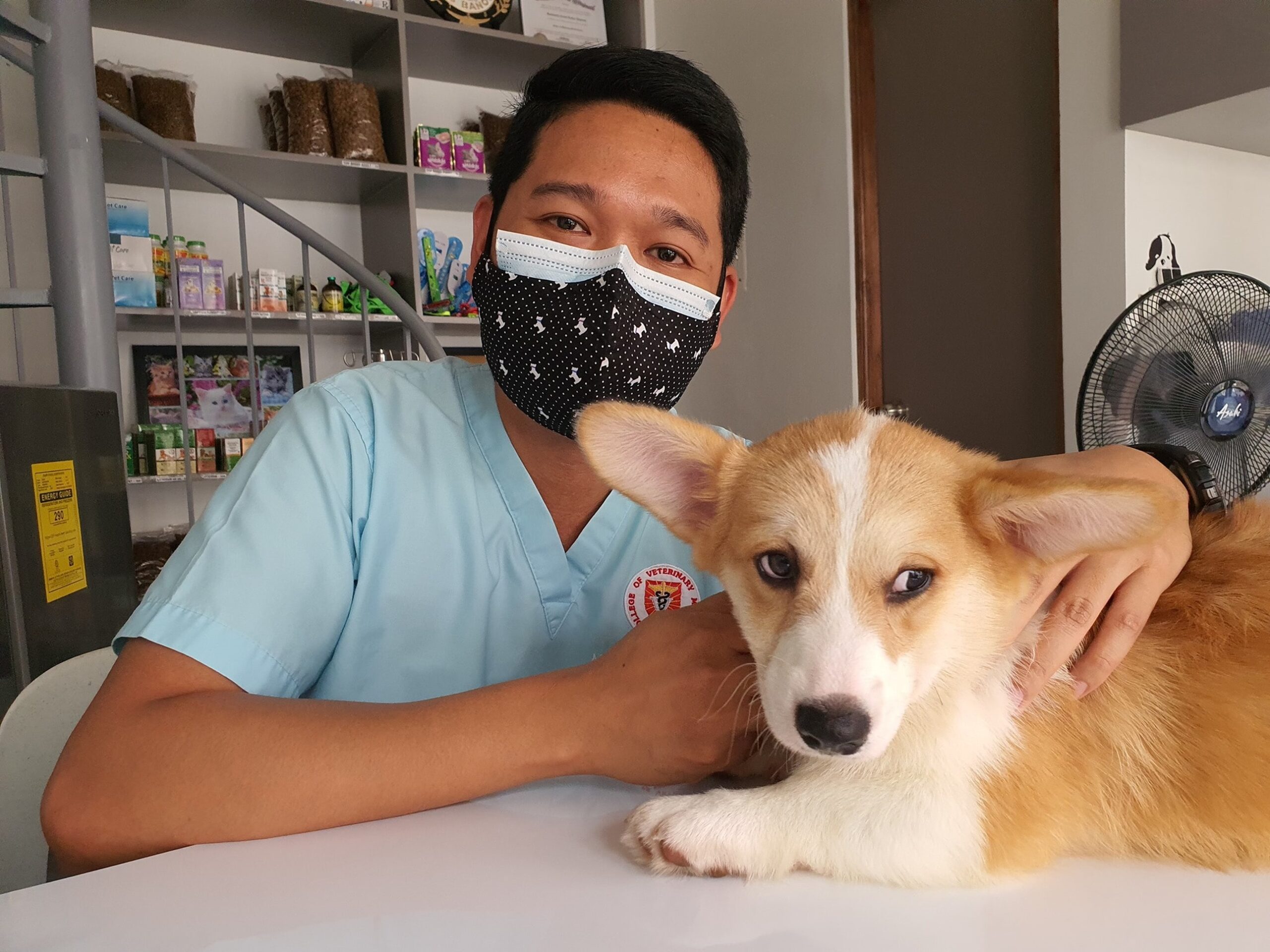The veterinary field is brimming with opportunities for those who have an undying love for
animals. Among the prominent roles in this domain are the positions of veterinary assistant
and veterinary attendant. But what distinguishes a veterinary assistant vs. vet
attendant? And which might be the right career path for you?
Veterinary Assistant:
A veterinary assistant is a crucial member of the veterinary team, working alongside
veterinarians and veterinary technicians. Their primary focus is on supporting the veterinary
staff in providing excellent care to animals. Some of the day-to-day responsibilities of a
Veterinary Assistants are; animal handling and restraint, laboratory testing, client
communication, and client records, and more.
Educational Requirements: Typically, a high school diploma or GED is sufficient to embark on
a career as a vet assistant. Some may undergo on-the-job training, while others might enroll
in a veterinary assistant program. The National Association of Veterinary Technicians in
America (NAVTA) offers an ‘approved veterinary assistant’ designation for those who
complete certain training programs.
Job Outlook: According to the U.S. Bureau of Labor Statistics (BLS), the demand for animal
caretakers, including vet assistants, is on the rise. They don’t usually perform medical tests or
surgical procedures, leaving such tasks to the more trained vet techs or licensed
veterinarians.
Veterinary (Kennel) Attendant:
Kennel attendants focus on the overall well-being and comfort of animals in a boarding or
veterinary facility. While they may not directly participate in medical procedures, their role is
essential for maintaining a safe and hygienic environment.
Educational Requirements: Typically, a high school diploma or GED is sufficient to embark on
a career as a vet attendant. Some may undergo on-the-job training, while others might
enroll in a veterinary attendant program or veterinary assistant program.
Job Outlook: According to the U.S. Bureau of Labor Statistics (BLS), the demand for animal
caretakers, including vet assistants, is on the rise. They don’t usually perform medical tests or
surgical procedures, leaving such tasks to the more trained vet techs or licensed
veterinarians.
Key Differences:
- Scope of Work: Vet assistants handle daily tasks and clerical duties in a veterinary
practice, often times vet assistants are the first line of support for veterinarians and
vet techs. In contrast, vet attendants perform mainly husbandry skills, such as cleaning
kennels, feeding animals, and monitoring the behavior or animals in kennels. - Training: Vet assistants might not need formal post-high school education, whereas
kennel staff oftentimes only require a high school diploma. - Certification: Vet assistants have optional certifications like the ‘approved veterinary
assistant’ from NAVTA. Kennel Attendants also have some optional certificate options
allied health animal team certificate from CVMA.
Final Thoughts:
While vet assistants are integral to the medical care of animals, kennel attendants focus on
the overall comfort and cleanliness of the clinic or hospital environment. Both roles contribute
significantly to the care of animals in veterinary settings, creating a collaborative and
comprehensive approach to animal welfare. Whether it’s the skilled hands of a vet assistant
or the watchful eyes of a kennel attendant, both play crucial roles in ensuring our beloved
pets receive the best care possible. When deciding between a career as a Vet Assistant vs. Vet Attendant, choose OCVAS to help jump start your career!

